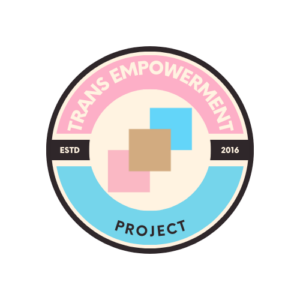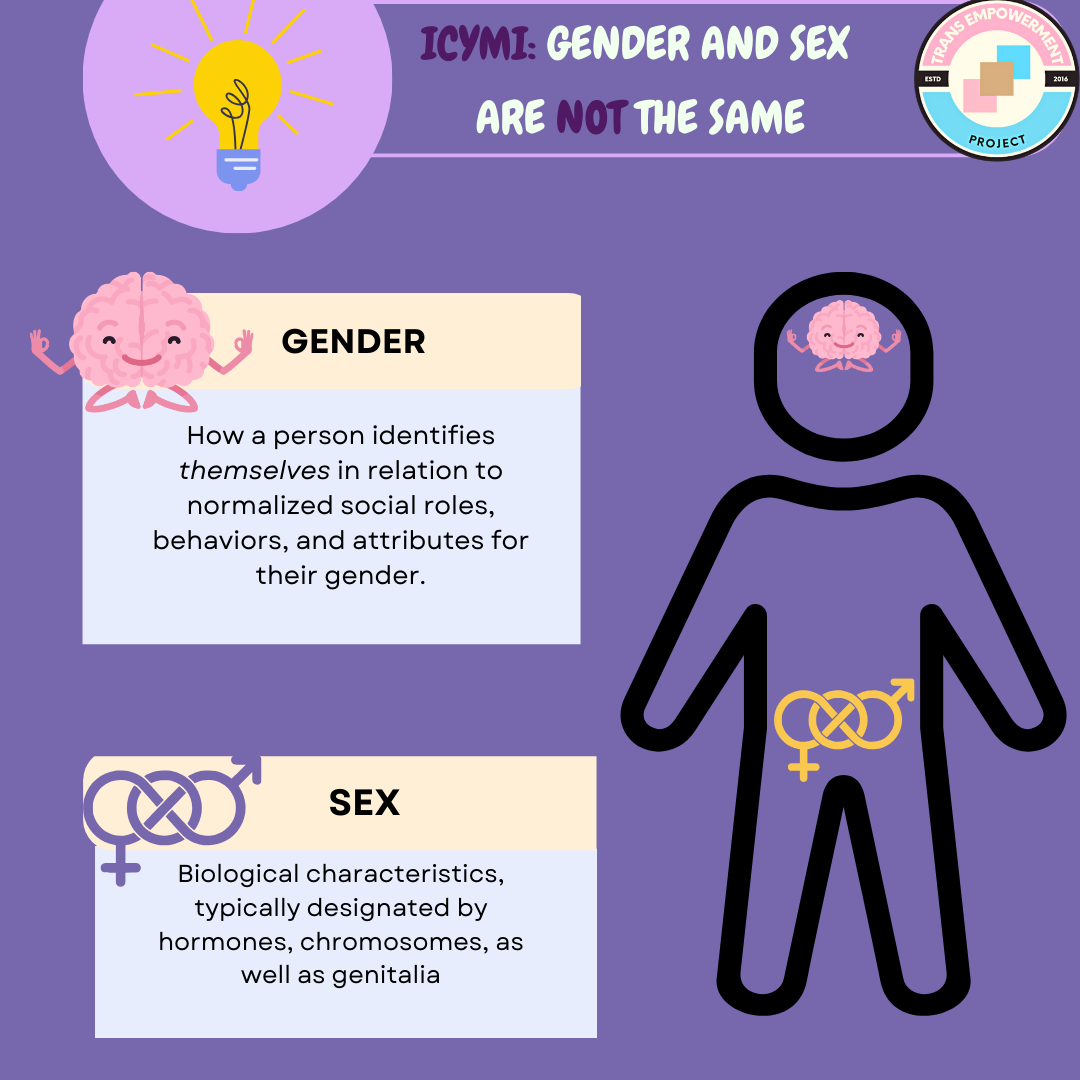Many of us have grown up using “sex” and “gender” as though they are interchangeable terms, and while for a majority of people, they may be, these two traits are not actually the same.
Sex is a label that refers to your biology: sex chromosomes (XX, XY, or otherwise), hormone levels (estrogen, testosterone, and others), and reproductive organs (internal and external, primary and secondary). Some people do not exactly fit into our ideas of what “male” and “female” are, and these people are intersex.
Gender is more about how we feel inside and how we connect with societal expectations. For instance, the way we act, the pronouns we use, and the clothes we wear are often pieces of the gender puzzle, constructed by society. While gender is often assigned at birth, that assignment is based on their physical sex traits and the medical provider’s assumption.
These designations are often referred to as AFAB (Assigned Female at Birth) or AMAB (Assigned Male at Birth). When the gender one was assigned doesn’t match how they truly feel inside, they often identify as Transgender.
For cisgender people, their sex and gender may match up without any noticeable difference. But for those in the Trans community, we recognize the gap between the gender we were assigned at birth and who we truly are.
This gap, or difference that we feel is known as gender incongruence, and what typically designates someone as Trans.
Being trans isn’t bad, new, or a mental issue. It’s simply a natural outcome of the real difference between sex and gender.”
Despite what you may have previously been made to believe, gender is not binary. It is a spectrum of existences and all people, regardless of which gender they are, deserve to live their best lives.
Check out the video below to hear more about the science behind the gender spectrum:


